Spring mulching, done now, can suppress weeds, add nutrients, help conserve soil moisture through the summer – and it certainly makes the garden look better. Fall mulch does the same and can also reduce the freeze/thaw cycles that can heave newly planted plants out of the ground.
How Much Mulch? When it comes to mulching, some people follow the good ol’ “if an inch is good a foot is better” mantra. But this is a case where restraint is a better approach.
Decades of research has consistently shown that maintaining a consistent organic mulch of 1-2 inches is best. That’s not 2 inches of new mulch each year or each time you work in the garden. The goal is to maintain no more than 2 inches of mulch at any time. So if you use a fine mulch that breaks down rapidly in the garden, you may actually need a 2 inch application of new mulch spring and fall. But if your mulch is more coarse in texture and doesn’t break down quickly, you might only need to freshen the mulch once annually…or less. The key is to measure what you have before you go out and buy more.
The problems with extra deep mulch are several. First, foot-tall mounds of volcano mulching piled up around the base of a tree are a long documented detriment to tree health. It encourages disease growth around the tree crown and promotes surface root growth that is easily dried and killed during the heat of summer. Mulch volcanoes are perfect overwintering spots for bark-gnawing rodents and reduce gas exchange that is so essential for healthy root growth. And if all those reasons don’t convince you, the practice is a complete waste of money – you pay extra money for mulch you don’t need and that eventually causes you to have to pay an arborist to remove a dead tree.
For some reason the volcano mulching has become accepted as a sign of affluence or high-quality horticulture – sort of the horticultural version of pouring a $300 bottle of Crystal champagne over your Cadillac Escalade.
What Kind of Mulch? Everybody has their favorite mulch. Some guard its secrets the way Jim Boeheim guards the finer points of the legendary Syracuse zone defense. But there are many mulches that work well.
The requirements for an effective mulch are that it provides temperature moderation, allows water and air penetration, slows evaporation loss and, if possible, adds to the quality of the soil it covers. It should also look good.
At Yew Dell Botanical Gardens we use a variety of mulches. Pine Straw is a wonderful option that allows for excellent gas exchange through to the soil and roots. It is easy to apply and lasts an entire season. As it breaks down it adds organic matter to the soil. An added benefit is that it holds on a hillside where other mulches can wash away in a downpour.
A similarly effective material, and one of our favorites, is pine fines. This is primarily processed pine bark with the largest particles being less than half-inch. It is an attractive, effective mulch that doesn’t crust over in the summer, breaks down over the course of a season and does a nice job of improving the soil. The giant pine bark chunks you can buy in bags at the local gas station are not effective mulches. They are decorative only – if you happen to like that look.
Hardwood bark is probably the most common mulch used this part of the country but it is highly variable. If it is processed properly and aged a bit it can work nicely with one major drawback – it can crust over in the summer making it impossible for water to penetrate. Some processers mix the processed bark with compost which makes for a much improved product.
Cypress bark is excellent at keeping down weeds but crusts over quickly. It also suffers from a complete lack of sustainability – most being harvested from old-growth trees in the Southeast.
All the other wood product mulches out there – ground up pallets and other waste wood – are terrible mulches. They are usually coarse and make your landscape look more like a construction site. They are not composted and break down very slowly which means they don’t improve the soil. The colored mulches look about as natural as a ’74 Dodge Dart up on blocks.
So there you have a quick spin through the madness of mulch. It’s certainly easier to work through than a match-up zone and, unlike your busted bracket, will pay dividends all season long.

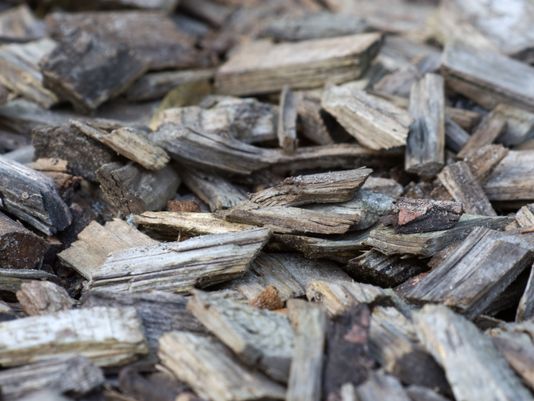

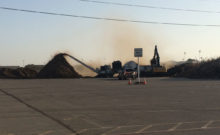
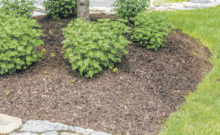
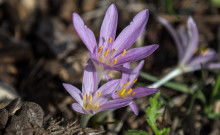
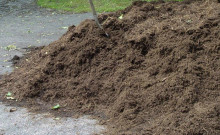
Leave a Comment
You must be logged in to post a comment.